19+ Questionnaire Samples
Questionnaires can be valuable to any purpose you intend to use them for. You can use them to your advantage by creating a questionnaire that is easy to read and comprehend for respondents to supply you with a sufficient amount of information for your research. Looking for existing documents and samples can also be very helpful for you to construct your questionnaires with ease. Feel free to check out the references below for your convenience.
-

Customer Satisfaction Questionnaire
Find out how satisfied your customers are with your goods and services through this questionnaire.
-
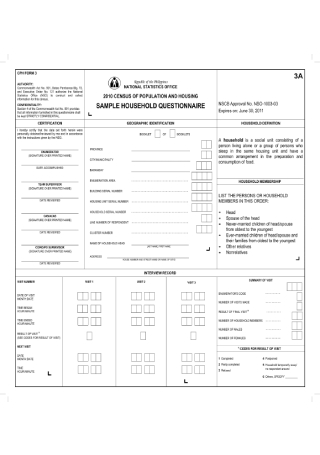
Household Questionnaire
Gather data regarding the basic unit of the community using this household questionnaire.
-
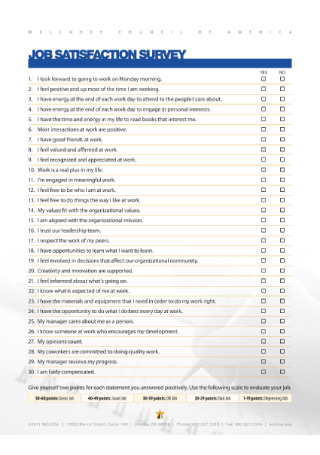
Job Satisfaction Questionnaire
Gain a deeper insight into client or employee satisfaction using the questionnaire provided.
-
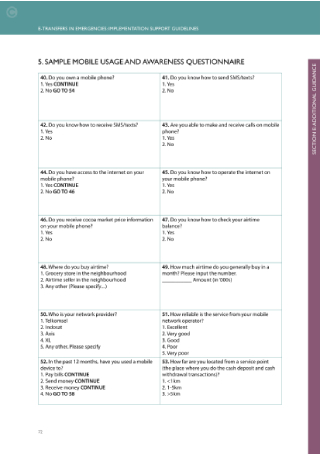
Mobile Usage and Awareness Questionnaire
Download this questionnaire to study the mobile activity of an average person.
-

Physical Activity Questionnaire
Conduct an assessment of one’s physical capacity using a physical activity questionnaire.
-
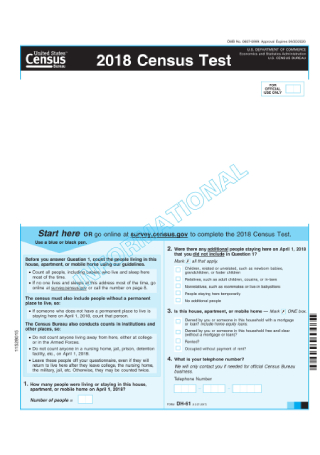
Census Test Questionnaire
Learn more about members of your community with the help of a census test questionnaire.
-
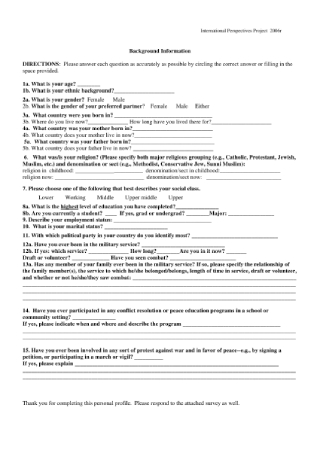
Demographic Questionnaire
Gather statistical data about a population using this demographic questionnaire.
-
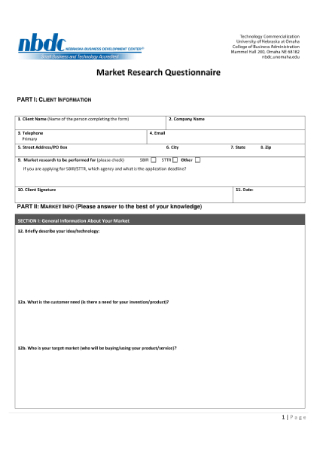
Market Research Questionnaire
Download this questionnaire to gather important information about your target market.
-

Occupational Questionnaire
Screen and rate job applicants with the help of this occupational questionnaire.
-
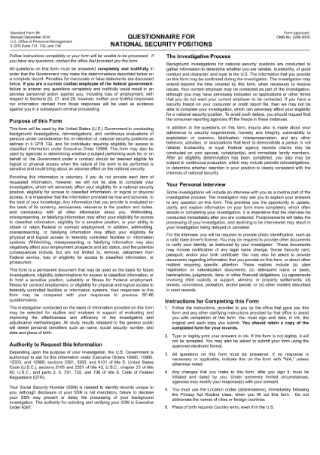
Questionnaire for National Security Positions
Have capable applicants join your elite workforce by using a questionnaire for assistance.
-
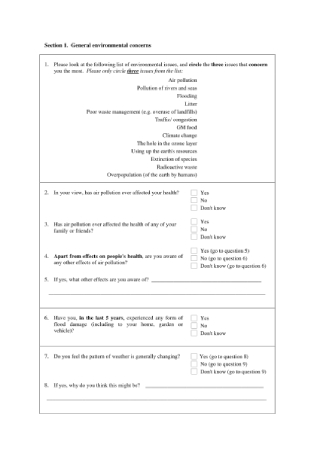
Questionnaire on Climate Change
Evaluate one’s knowledge on climate change with the help of the questionnaire provided.
-
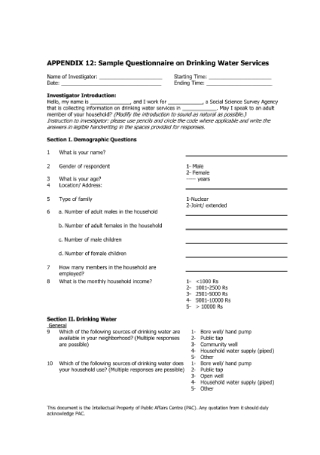
Questionnaire on Drinking Water Services
Offer services by using a questionnaire to identify areas for improvement.
-

Research Questionnaire
Use this questionnaire sample to collect data for your research topic.
-

Residence Questionnaire
Gain an understanding of the residents of an area using this questionnaire.
-
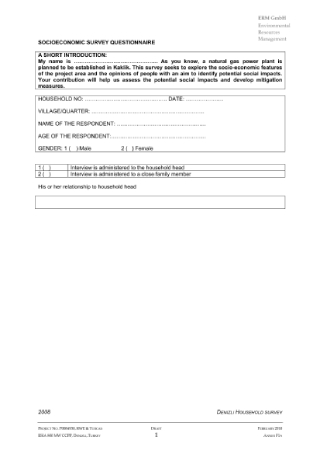
Socioeconomic Survey Questionnaire
Study the interaction of social and economic factors with the help of this survey questionnaire.
-
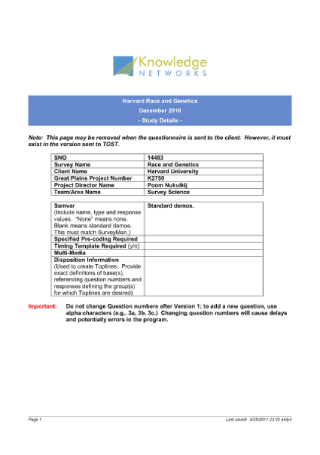
Standard Project Questionnaire
Garner essential data for your project by utilizing a standard questionnaire.
-

Student Questionnaire
Be knowledgeable about your students by using a questionnaire to get to know them.
-
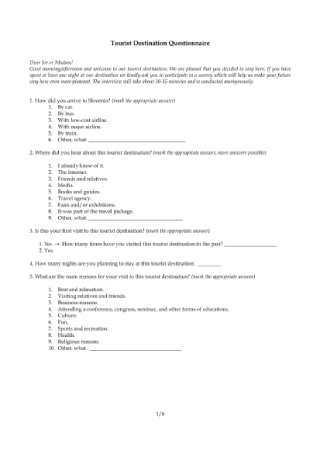
Tourist Destination Questionnaire
Make a tourist’s future stay even more memorable by using a questionnaire to see what you can improve.
-
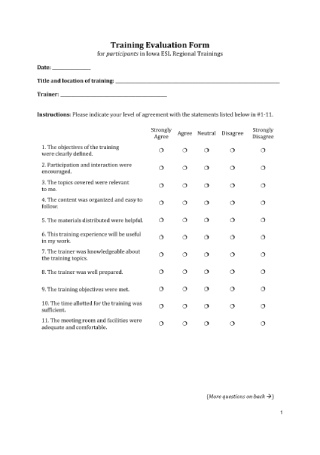
Training Evaluation Questionnaire
Evaluate the success of a training program by handing out questionnaires for participants to respond to.
-
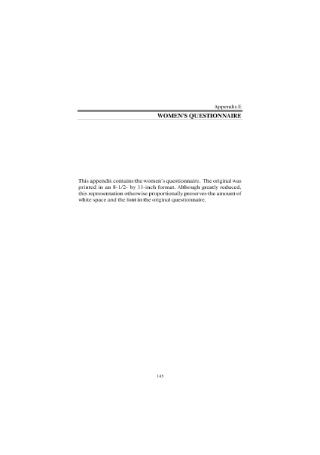
Women’s Questionnaire
Use a questionnaire to support the point of your study on feminism and women empowerment.
Definition of a Questionnaire
A questionnaire is defined as a research instrument consisting of a series of questions that aims to collect valuable data from a respondent. This can be both qualitative as well as quantitative in nature, depending on the researcher’s primary objective. Think of it as an interview that can be carried out face-to-face, over the phone, or by a computer. This is a quick and efficient way to obtain large amounts of data from a large sample of subjects at a time. Questionnaires can also be effective for organizations that want to gain a deeper insight into their consumer market for an external study. Given the population of their main subjects, questionnaires are deemed to be a more practical choice compared to one-on-one interviews.
Differences between a Questionnaire and a Survey
Questionnaires and surveys are often defined interchangeably. However, there are a few distinctive characteristics of each item that differentiates one from the other. For instance, if surveys are known as the research method of gathering data from a pre-defined group of respondents, then questionnaires are the instruments used to conduct the said research. Researchers often carry out surveys using a set of questionnaires to obtain vital information and insights on various topics of interest.
Another factor that distinguishes a questionnaire from a survey is how they are a fast and cost-effective means of data collection. That’s because those who conduct surveys often use questionnaires along with other tools to gain a more accurate set of data for their study, which, in turn, can be much slower and expensive to administer. Other than research purposes, questionnaires may also be used for examinations to measure a respondent’s knowledge on a particular topic.
Types of Questions in a Questionnaire
A questionnaire is likely to consist of multiple question types to uncover different aspects of a topic. Each of these types has its own share of pros and cons that researchers need to weigh before incorporating it into a questionnaire. This usually depends on the kind of information needed in the study, the depth of information required, and the amount of time that respondents are given to answer it. All these factors will greatly influence your choice of questions to ask. Some of the commonly used questions include the following:
It’s important to know how questionnaires function, which question type to use, along with when they are most suitable for use. Once you’re familiar with the basics of a questionnaire, you’ll be able to focus on your primary objectives and what you need from respondents in order to gain better, more accurate data for your study.
